2009-2014: Six years of fieldwork in the Spotless Starling colony (60)
Since 2002 we have been following a spotless starling population in woodland near Madrid, at the foot of Navacerrada mountains. The colony is currently formed by 250 nest boxes, with a very high occupancy rate. An intensive ringing campaign at the nest boxes takes place every year, two months before the laying season, and this allows capturing most of the adults present in the study site. We take extensive biometrical data, plumage colouration, behavioural observations, and blood samples from which physiological data can be gathered. Also, we fit adult birds with miniature microchips under the skin so that we can follow the bird behaviour at the boxes without further trapping. To do this, we count on microchip readers which are routinely set in the boxes and provide us with a good activity estimate before and during laying, nestling feeding etc. We monitor the breeding season of the entire colony from March to early July.
Yearly monitoring of the starling colony and performing the specific experiments of each breeding season constitutes a high workload. Fortunately, apart from the contribution of postdocs, PhD students and field technicians, we are aided by degree and master students, as well as by volunteers from many different countries.
This gallery is a kind of collage of the fieldwork performed in the colony from 2009 to 2014. We hope this would serve as a token of gratitude to all those who spend hours and hours, either in cold, rainy or hot days in the field. Thanks!
(All pictures, unless stated otherwise, were made by Lorenzo Pérez-Rodríguez)
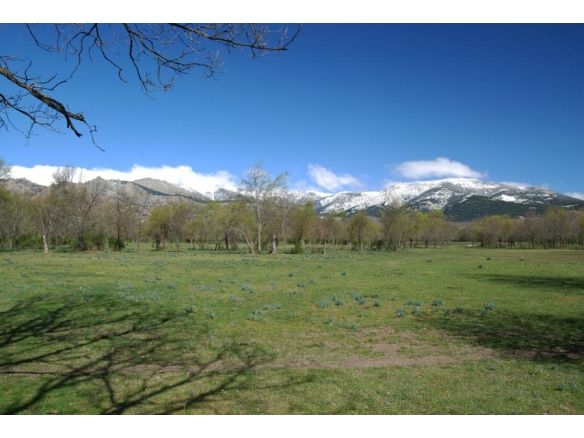
A general view of our field site in early march, with Navacerrada peaks seen in the background
-


A general view of our field site in early march, with Navacerrada peaks seen in the background
-


The first rays of sunlight in the morning give a shiny golden colour to the bare trees
-

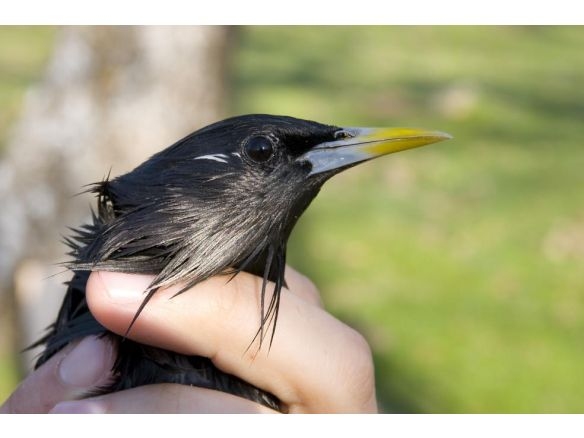
Ziggy Star(dust)ling
-


Eggs collected for an experiment look like a collection of blue jewels
-


Jaime injecting androgens in eggs during the large scale experiment of 2011. Only 456 clutches more to be manipulated ahead…
-


Replacing the old nestboxes and antipretador cones in 2012 was not an clean job (Picture: Diego Gil)
-


The well-structured families of starlings
-

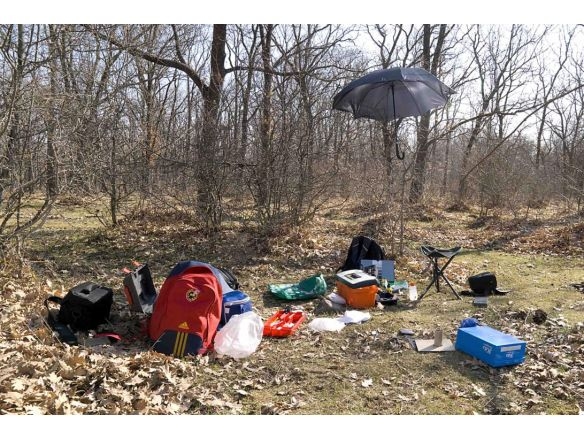
The site of handling/processing of captured birds is always sooo tidy
-


Part of the Adult Catching Team in 2009, working very hard
-


Conchi, keeping a close eye to the starling traps
-


There is much more tan starlings in our study site. For instance, dozens of blackbird breeding pairs
-


...or Montpellier snakes (Malpolon monspessulanus)
-

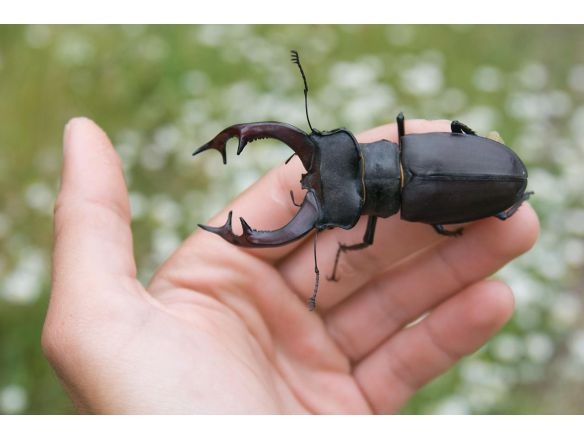
…or fearsome stag beetles (Lucanus cervus)
-

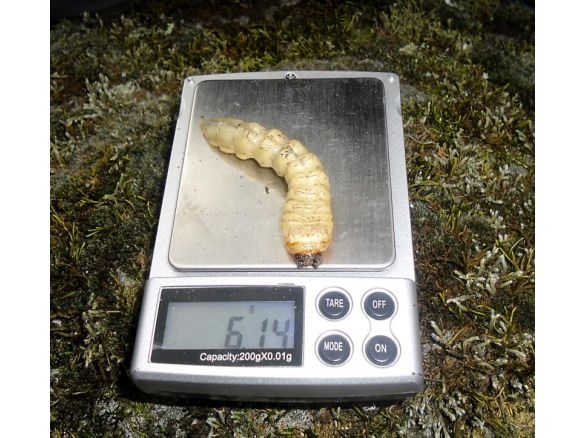
Cerambycid larvae, almost as heavy as a leaf warbler…
-

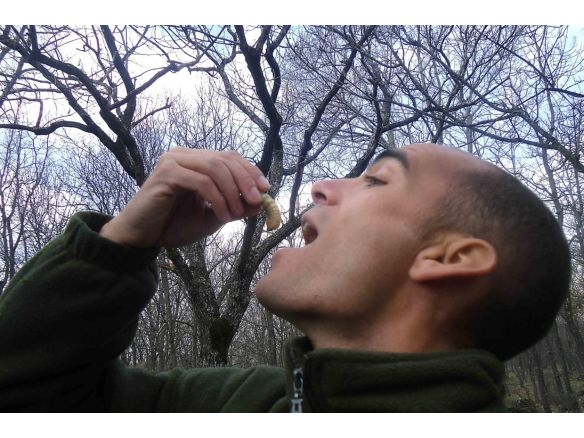
…and sooo jummy!
-


Tiny lovely toads hang around at the end of the fieldwork season
-


Azure winged magpies, like this tiny lovely one, are becoming increasingly scarce since 2009
-


In 2010,“El Ventorrillo Crew” celebrated the European Football championship for Spain with passion! (the World Cup was yet to come…)
-


In 2011 we collected so many samples….
-


…that Diego was close to get out of mind!
-


Starlings compete so heavily for nesting sites that sometimes you can open a nestbox and hold the two birds still fighting in your hands (Picture: Jaime Muriel)
-


One example of the serious injuries that the produce each other while fighting
-

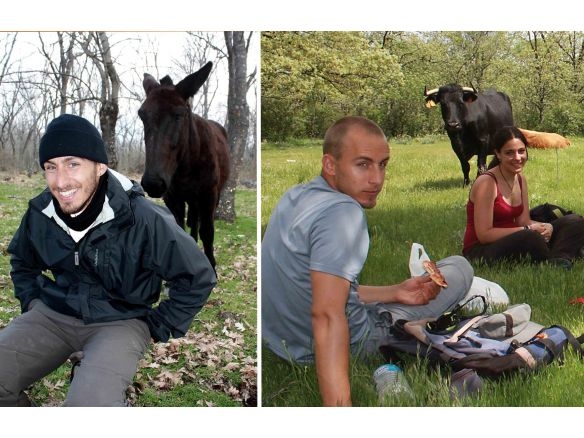
Very often, unexpected members join to the fieldwork team
-


Those lovely rainy days of fieldwork (I)
-

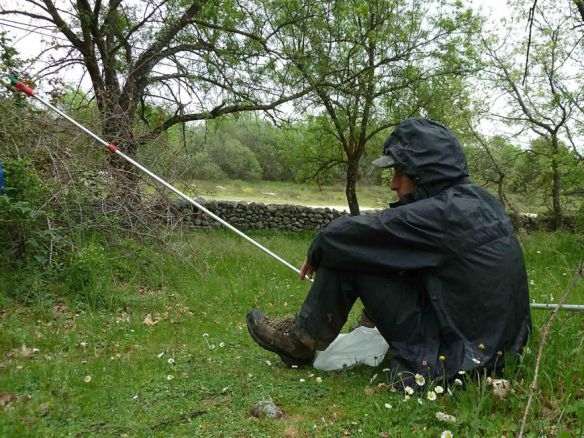
Those lovely rainy days of fieldwork (II)
-


Those lovely rainy days of fieldwork (III)
-

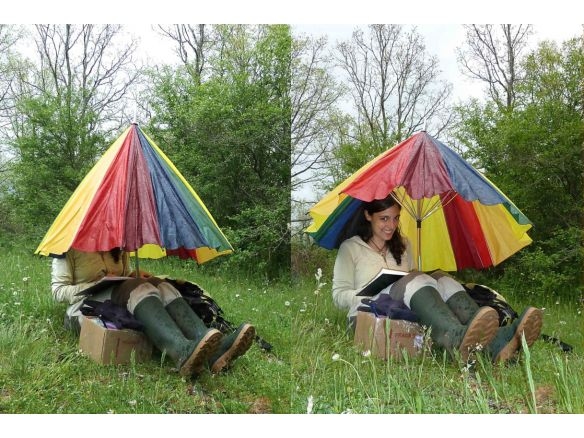
Those lovely rainy days of fieldwork (IV)
-

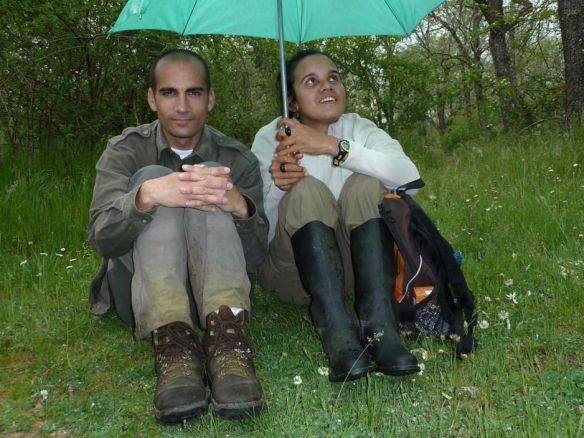
Those lovely rainy days of fieldwork (V)
-


… but in 2013 we invested on I+D: we started using a shelter against the rain!
-

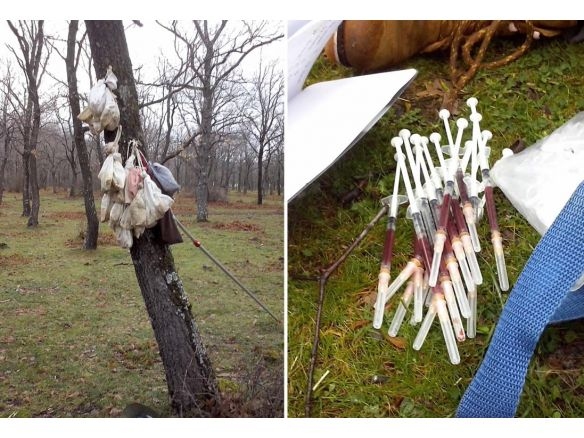
A good catching day means more samples to assess endocrine and biochemical parameters…
-


…but also requires spending time processing them in them in the lab everyday, after fieldwork is done
-

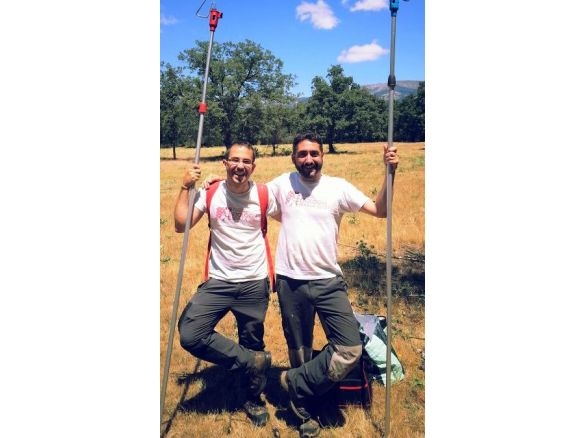
#HypothesisToTest: Spending too much time working together in the field leads to convergent phenotypes (Picture: Raquel Monclús)
-


During personality tests, not only the bird seems to fall in tonic immobility
-


Inspecting starling wings against light to estimate feather mite numbers
-

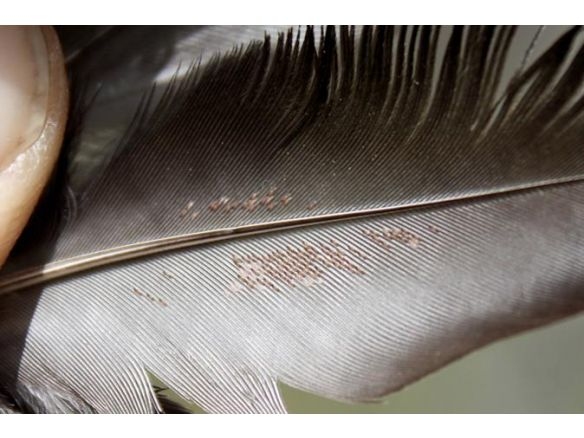
… and there are those tiny imps!
-

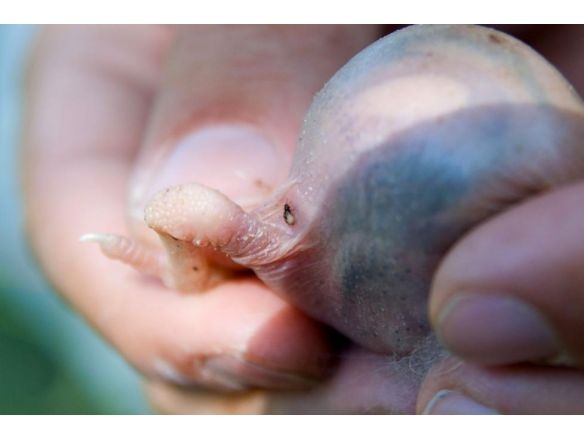
This is an unwinged form of Carnus sp., the main ectoparasite that you can find in starlings´ nests. (An eventually, also in your underwear)
-


The winged form of Carnus
-

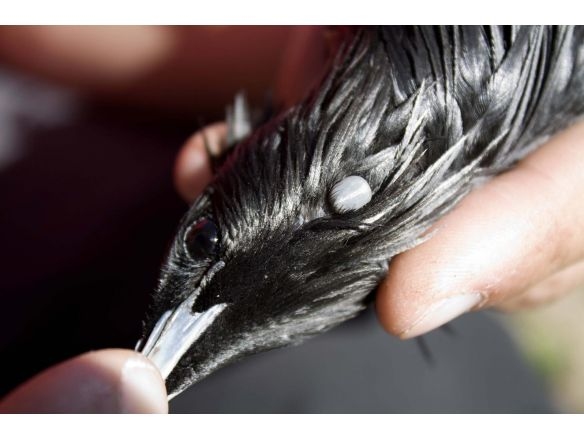
Ticks are not very common parasites of starlings, but sometimes you find the feeding on adults
-


And tick nymphs sometimes are found in the nests
-


The mysterious view of the woodland in a foggy sunrise of Mach
-


Sometimes great tits fall in our starling traps. And yes, they bite!
-

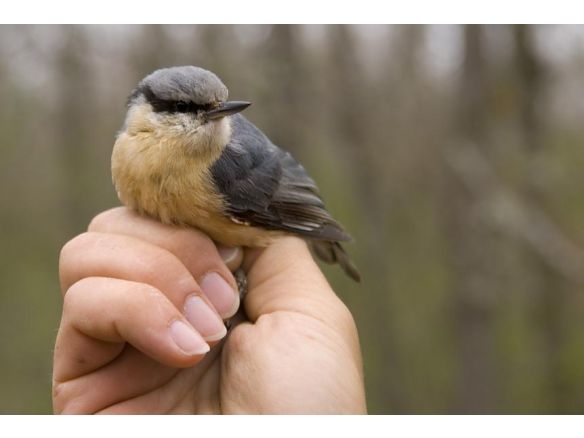
Nunhatchs (Sitta europaea) are common in the study area, and eventually fall in the starling traps as well…
-


…and they are the target of paparazzis for a few minutes!
-


Everyone wants a picture with a nunhatch…
-


After a hours of intensive fieldwork, lunch time is received eagerly
-


Jaime, getting inspired for microchip readings of incubating females during the night
-

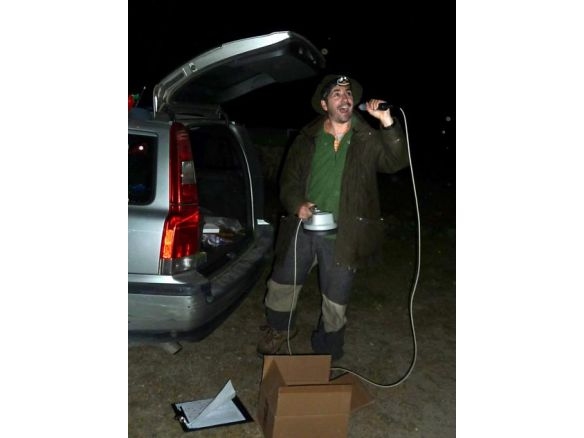
Working late in the night have unexpected effects in the PI´s behaviour
-


Orientation in the starling colony may be hard, even with a map…
-

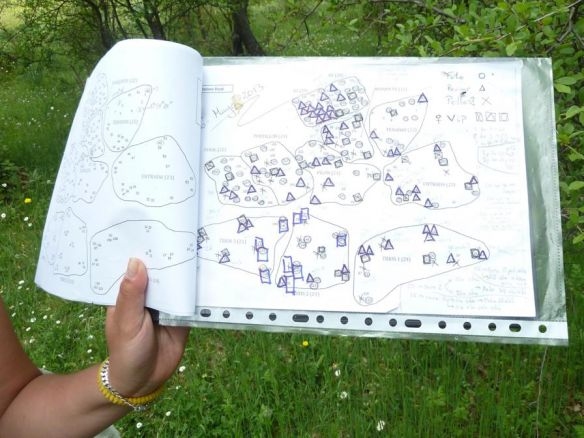
...but when you see the messy collection of symbols for the different tasks you can understand why
-


Jaime celebrating the 450th adult caught in the 2012 season
-


The gorgeous ornamental throat feathers of a beautiful male spotless starling
-


Sunrise in the starling colony
-


Opening a nest-box with a finished clutch is like opening a Xmas present!
-

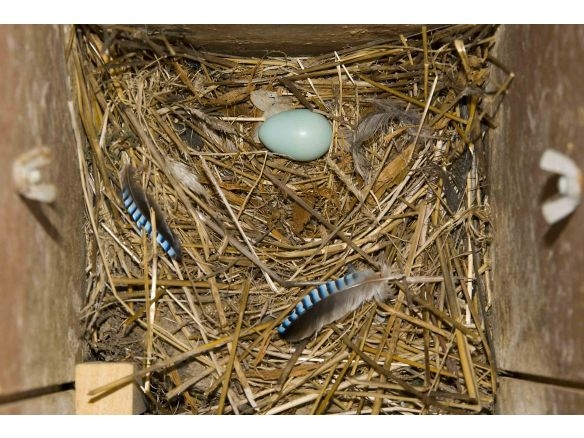
The aesthetic sense of starlings is mirrored in their nest decorations
-

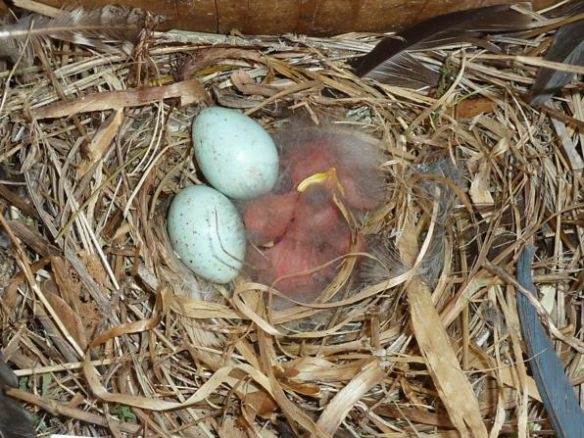
Starling nest-box monitoring often provides lovely images…
-


…but some others is sadly disgusting
-


The catching team in the 2014 fieldwork season, working hard…
-


…and the PI, meanwhile, closely supervising their work
-


Still smiling after checking 250 nestboxes! (Picture: Diego Gil)
-


Have a good life and make lots of babies!



